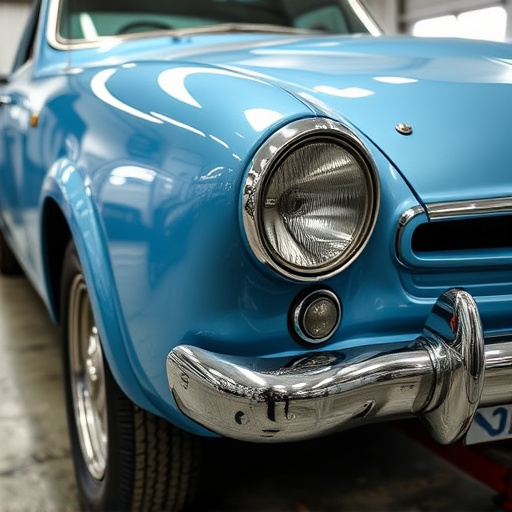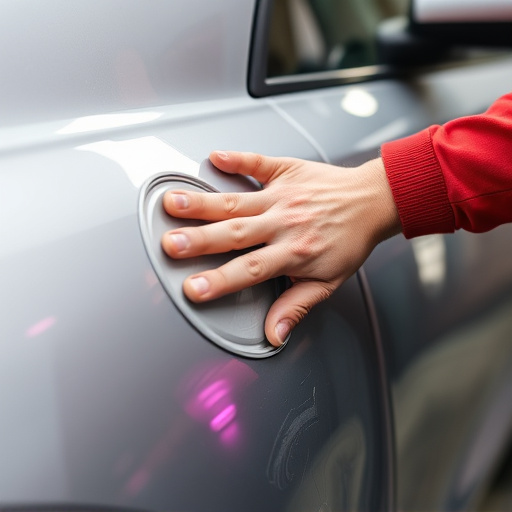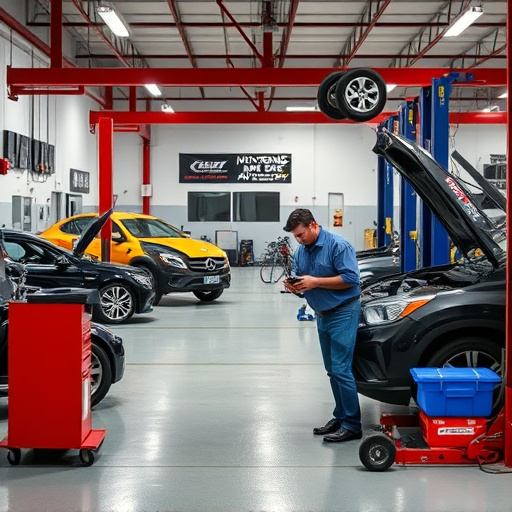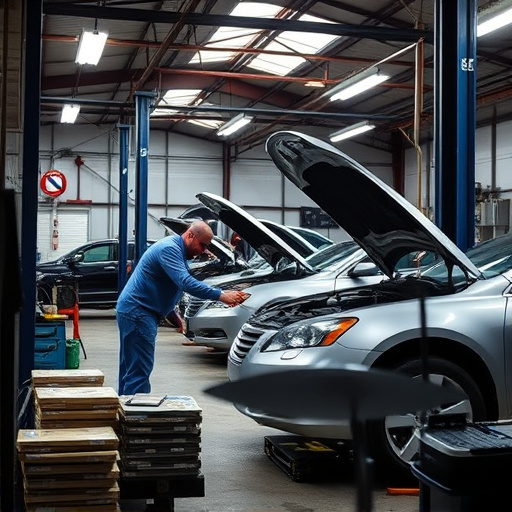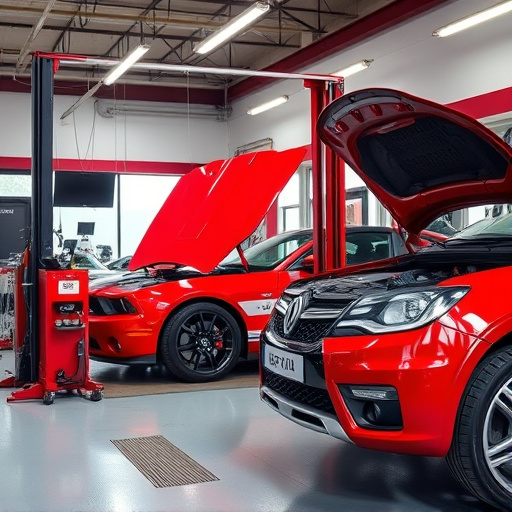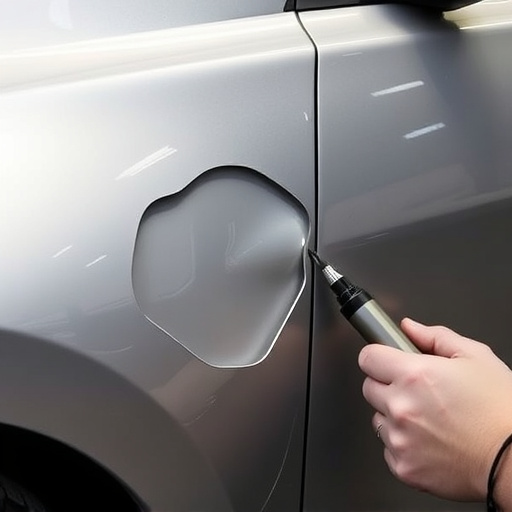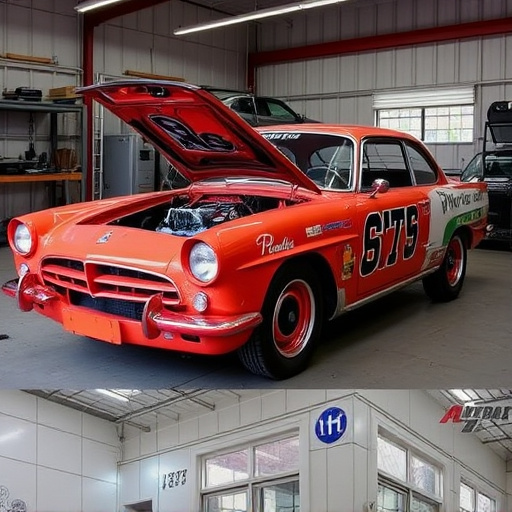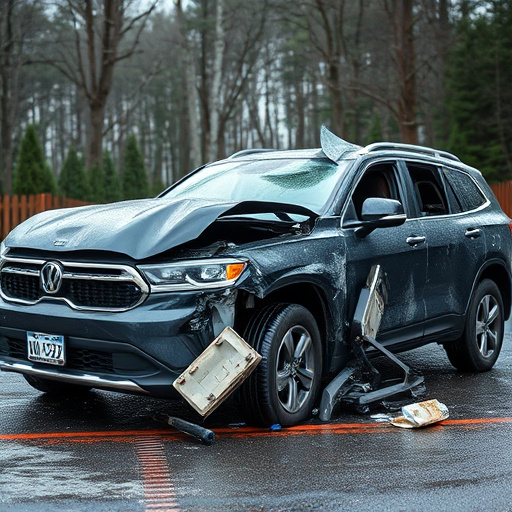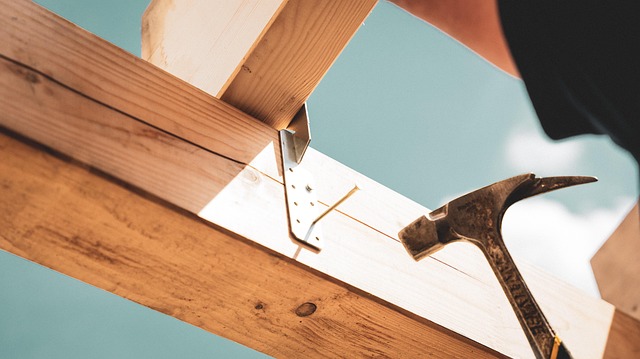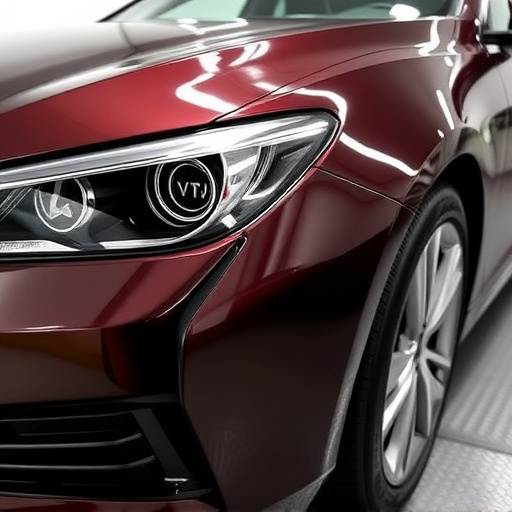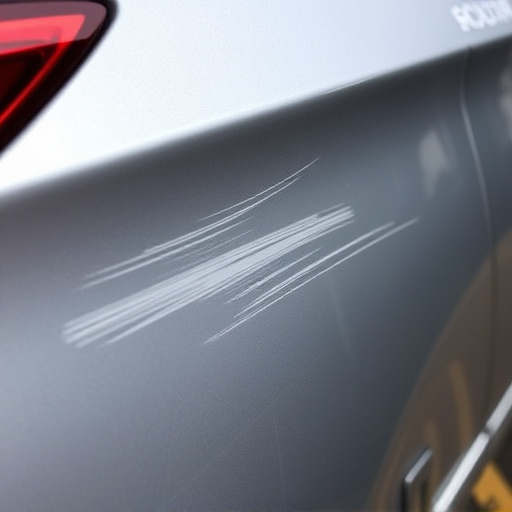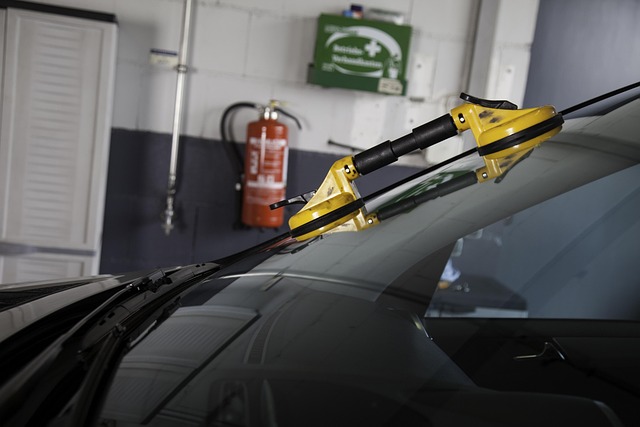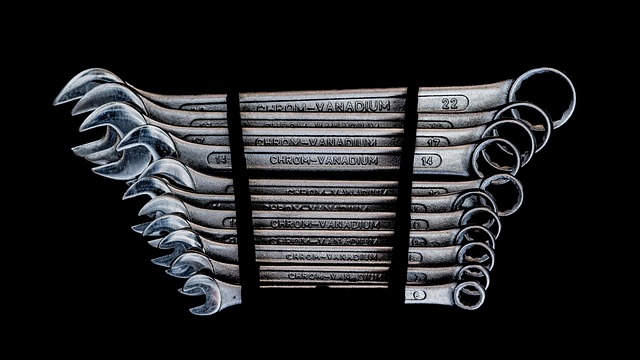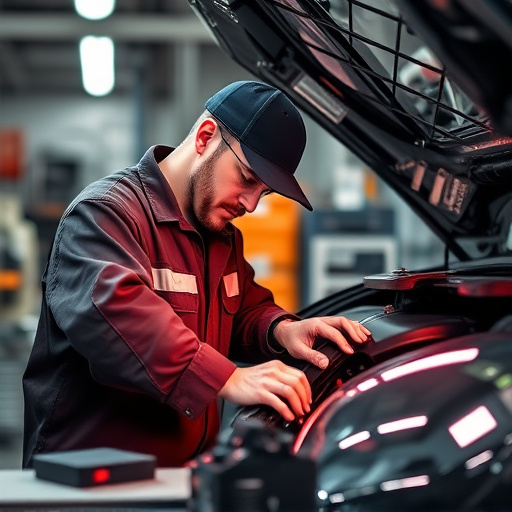Digital transformation has dramatically improved vehicle body repair services through advanced technologies like computer-aided design (CAD) software and artificial intelligence (AI). CAD systems enable precise measurements, create detailed digital templates for paneling, and minimize errors. AI-powered robots perform intricate tasks with remarkable precision, streamlining the repair process. Additionally, 3D printing expedites production times and reduces costs by producing custom-made parts tailored to each vehicle's unique specifications, ultimately enhancing customer satisfaction in today's digital age.
The world of vehicle body repair has undergone a remarkable transformation with the advent of advanced technologies, marking a significant shift from traditional methods. This article explores how the digital age has revolutionized repair services, from computer-aided design (CAD) and 3D printing for precise, complex repairs to the use of lightweight composites and advanced alloys. We delve into safety enhancements like robotic automation, AI diagnostics, and virtual reality training, showcasing the modern vehicle body repair landscape.
- The Digital Transformation of Vehicle Body Repair
- – Discussion on how technology has revolutionized the industry
- – Mention of computer-aided design (CAD) and 3D printing for precise repairs
The Digital Transformation of Vehicle Body Repair

The digital transformation has significantly impacted vehicle body repair services, revolutionizing how technicians work and enhancing overall efficiency. Advanced technologies such as computer-aided design (CAD) software enable precise measurements and accurate repairs, minimizing errors and saving time. CAD systems also facilitate the creation of detailed digital templates for paneling and body parts, ensuring a seamless fit during restoration.
Additionally, the integration of artificial intelligence (AI) has brought about innovative solutions for dent removal and auto detailing. AI-powered robots can now perform intricate tasks with remarkable precision, making them invaluable in handling complex damage and achieving flawless finishes. These technological advancements not only streamline the repair process but also elevate the quality of auto bodywork, contributing to a more satisfying customer experience.
– Discussion on how technology has revolutionized the industry
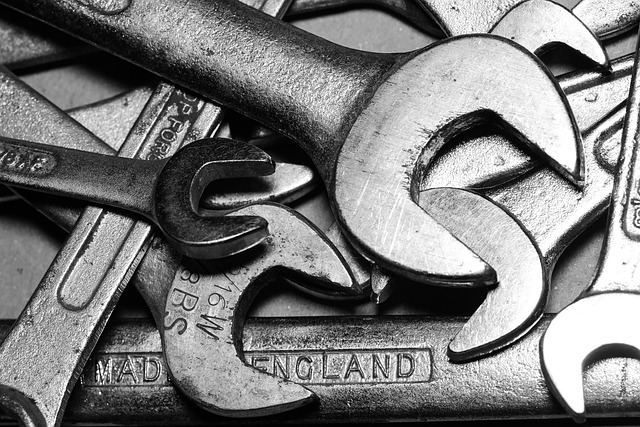
In today’s digital era, technology has revolutionized the vehicle body repair industry, transforming how auto collision repairs are executed and enhancing overall service efficiency. Advanced tools and equipment, such as computer-aided design (CAD) software, allow for precise measurements and accurate restoration of vehicle components, ensuring that each repair meets high standards of quality. This precision is particularly beneficial in complex repairs, where even the smallest detail matters to the final outcome.
Furthermore, digital technologies like 3D printing have introduced innovative solutions for auto body parts replacement. These advanced manufacturing techniques enable faster production times and reduced costs, making it easier for auto repair shops to source and replace parts promptly. This efficiency translates into quicker turnaround times for customers, ensuring their vehicles are back on the road in no time, enhancing overall satisfaction with auto repair services.
– Mention of computer-aided design (CAD) and 3D printing for precise repairs
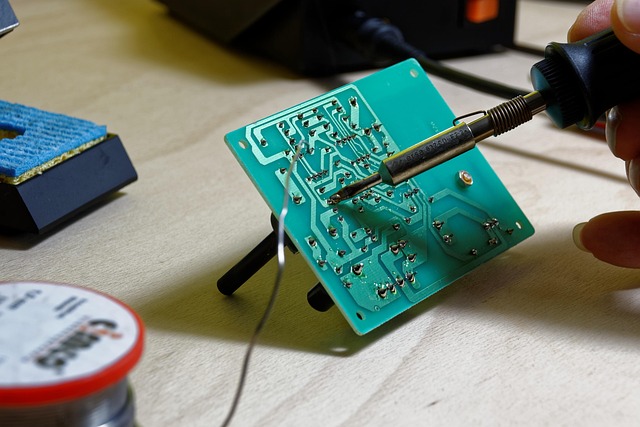
In today’s digital age, vehicle body repair services have seen a significant transformation thanks to advanced technologies like computer-aided design (CAD) and 3D printing. CAD software allows for precise measurements and detailed designs, enabling car body shops to accurately replicate original components and ensure seamless integration during the repair process. By inputting specific vehicle data and identifying damaged parts, CAD systems generate digital blueprints that guide automotive repairs with remarkable accuracy.
Furthermore, 3D printing has emerged as a game-changer in car damage repair. This technology enables the rapid production of custom-made parts, tailored to the exact specifications of each unique vehicle. Unlike traditional manufacturing methods, 3D printing minimizes waste and allows for complex geometries, resulting in lightweight yet durable components. This not only enhances the efficiency of repairs but also contributes to reduced environmental impact, making it a notable advancement in the automotive repair industry.
The digital revolution has significantly transformed vehicle body repair services, enhancing precision and efficiency. Computer-aided design (CAD) and 3D printing technologies have become indispensable tools, allowing for intricate and precise repairs that were once time-consuming and challenging. These innovations not only streamline the repair process but also contribute to better environmental outcomes by minimizing waste and resource consumption. As technology continues to advance, we can expect even more groundbreaking developments in vehicle body repair, promising faster, safer, and more sustainable solutions for the future of automotive maintenance.
